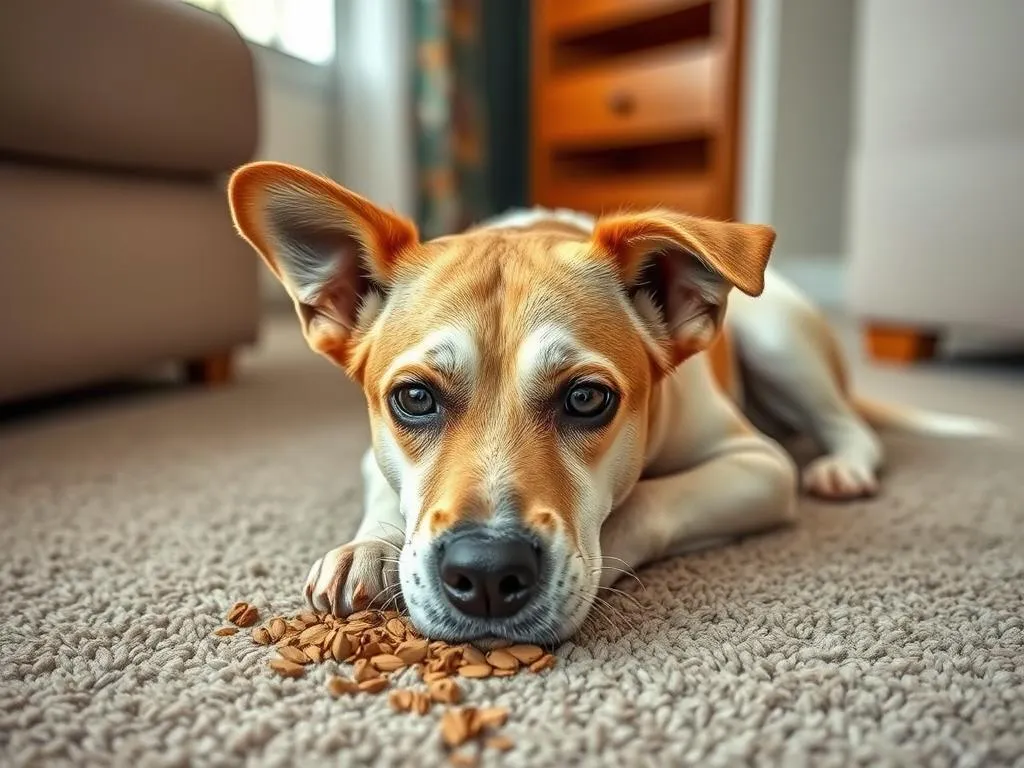
Dog accidents on carpets are a common issue that many pet owners face. Whether you’re a new dog parent or a seasoned one, experiencing a mishap on your beloved carpet can be frustrating. It’s crucial to address these accidents promptly to prevent unsightly stains and persistent odors. This guide will walk you through everything you need to know about how to get dog pee out of carpet, from understanding the damage caused by urine to effective cleaning methods and preventative measures.
Understanding Dog Urine Damage
Composition of Dog Urine
To effectively tackle the problem, it’s essential to understand the composition of dog urine. Dog urine primarily consists of urea, creatinine, uric acid, and various salts. These components can wreak havoc on your carpet fibers and backing. Urea breaks down into ammonia, which is responsible for the distinctive and unpleasant odor. Over time, if not cleaned properly, these substances can lead to discoloration and deterioration of the carpet, making it crucial to act quickly.
Potential Long-Term Effects
If dog urine is left untreated, it can result in lingering odors that are difficult to eliminate. The ammonia and other components can seep deep into the carpet and padding, causing permanent stains and even damage to the flooring underneath. Ignoring the problem can lead to costly repairs or replacements down the line. Therefore, addressing the issue as soon as it occurs is vital for maintaining the integrity of your carpet.
Immediate Actions to Take
Assessing the Situation
Before diving into cleaning, assess the extent of the stain and odor. Check how far the urine has penetrated the carpet and padding. You can do this by gently pressing down on the stained area with a paper towel to see if it absorbs moisture. Additionally, it’s important to recognize the type of carpet you have—whether it’s made of synthetic fibers or natural fibers—as this will influence your cleaning approach.
Gathering Supplies
To effectively clean dog urine from your carpet, gather the necessary supplies. Here’s a list of items you’ll need:
- Paper towels or clean rags
- White vinegar
- Baking soda
- Enzymatic cleaner (pet-safe)
- Spray bottle
- Warm water
- Gloves (optional)
Using pet-safe products is crucial, as harsh chemicals can harm your furry friend or damage your carpet.
Step-by-Step Cleaning Process
Blotting the Stain
The first step in cleaning dog urine is to blot the stain. Take a clean paper towel or rag and gently press it onto the stained area. Do not rub, as this can spread the urine further into the carpet fibers. Instead, blot repeatedly until you’ve absorbed as much liquid as possible. If the urine has soaked into the carpet padding, you may need to repeat this process several times.
Cleaning Solutions and Techniques
Homemade Solutions
One effective homemade solution is a mixture of white vinegar and water. Combine equal parts of vinegar and water in a spray bottle. Spray the affected area generously but avoid soaking it. Let it sit for about 5-10 minutes before blotting with a clean cloth.
Baking soda is another handy tool. After applying the vinegar solution and blotting it up, sprinkle baking soda over the damp area. Baking soda acts as an absorbent and can help neutralize odors. Allow it to sit for several hours, preferably overnight, before vacuuming it up.
Store-Bought Solutions
If you prefer a quicker solution, consider enzymatic cleaners specifically designed for pet stains. These cleaners break down the components in urine, effectively eliminating stains and odors. When selecting a product, check if it’s suitable for your carpet type—some cleaners are formulated for synthetic fibers while others work better on natural fibers.
Application of Cleaning Solutions
After choosing your cleaning solution, it’s time to apply it. Spray the solution directly onto the stained area, ensuring it penetrates deep into the carpet fibers. Allow the solution to sit for 5-10 minutes to break down the urine components effectively. This waiting period is crucial for optimal results.
Rinsing and Drying
Once you’ve let the cleaning solution sit, it’s essential to rinse out any residue. Dampen a clean cloth with warm water and gently blot the area to remove any remaining solution. After rinsing, use dry towels to absorb excess moisture. To prevent mold and odors, ensure the carpet dries thoroughly. You can increase airflow by opening windows or using fans.
Dealing with Persistent Odors
Assessing the Need for Deep Cleaning
If you notice that the odor persists after your initial cleaning efforts, it may be time to consider a deeper clean. Signs that the odor remains include a lingering smell even after multiple cleanings or if the stain has spread. In such cases, professional cleaning services specializing in pet stains may be necessary to restore your carpet.
Using Odor Neutralizers
For stubborn odors, you can use commercial odor neutralizers designed for pet urine. These products work by targeting and breaking down odor-causing compounds. Alternatively, DIY options such as activated charcoal or coffee grounds can also help absorb odors. Place these materials in a bowl near the affected area and let them sit for a few days.
Preventative Measures
Training Your Dog
Preventing future accidents starts with effective training. Employ positive reinforcement techniques to encourage your dog to go outside for potty breaks. Regular bathroom schedules and offering treats for going in the right place can significantly reduce the likelihood of accidents in the house.
Using Carpet Protectors
Consider using carpet protection sprays that create a barrier against stains. These sprays can repel liquids and make cleaning easier in the event of an accident. Additionally, when choosing carpets, look for pet-friendly options that are designed to resist stains and odors.
Additional Tips and Tricks
Quick Fixes for New Accidents
In the event of a new accident, having a quick response plan can save your carpet. Keep cleaning supplies readily available so you can act fast. Blotting the stain immediately and using your preferred cleaning solution can mitigate damage and prevent lasting odors.
Maintaining a Pet-Friendly Home
Keeping carpets clean in a pet-friendly home requires regular maintenance. Vacuum frequently to remove hair and debris. Consider implementing a cleaning routine that includes spot cleaning and deep cleaning every few months to keep your carpets looking fresh.
Conclusion
Addressing dog urine stains promptly is essential for maintaining a clean and pleasant living environment. By understanding the damage caused by urine, taking immediate action, and implementing preventative measures, you can keep your carpets in great condition. With the tips provided here, you’ll be well-equipped to handle any accidents that may occur, ensuring a fresh and healthy home for both you and your furry friend.
FAQs
Can dog urine stains be removed completely?
Yes, with quick action and the right cleaning methods, dog urine stains can often be removed completely.
What if the urine has dried?
If the urine has dried, it may require a stronger cleaning solution or enzymatic cleaner to break down the residues. Blot the area with warm water first to rehydrate the stain before cleaning.
Are there specific products to avoid when cleaning carpets?
Avoid harsh chemicals and bleach, as these can damage carpet fibers and may be harmful to pets. Always opt for pet-safe cleaning products.
By following these guidelines on how to get dog pee out of carpet, you can protect your carpets from damage and maintain a comfortable home for both you and your pet.









